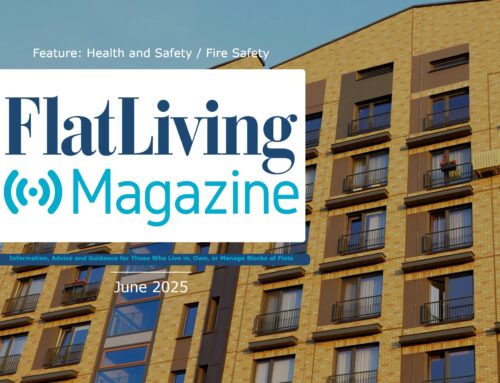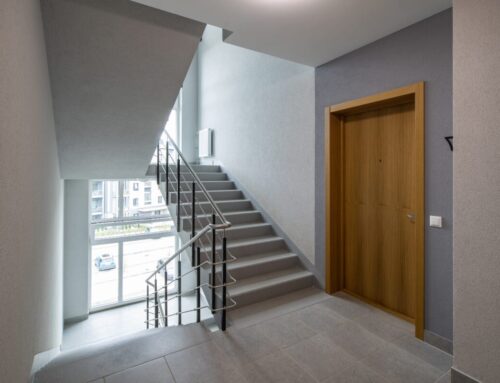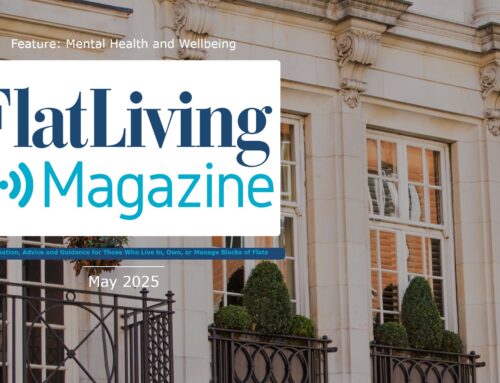 Is your insurance due for renewal soon? Are you worried about the potential cost this year?
Is your insurance due for renewal soon? Are you worried about the potential cost this year?
Knowing what insurers looks for when calculating your premium is a big step in understanding how to keep your costs down.
Belinda Thorpe, Managing Director of Residentsline, discusses some of the main things that you should think about.
Sum Insured
Most important is a regular valuation to ensure that your property’s Sum Insured or Declared Value stays adequate. Often, we see policyholders insuring their property for the resale cost, rather than the rebuilding cost – which is often very, very different and could cost a lot more.
Subsidence
Insurers have postcode checkers which identify areas that are likely to have a greater chance of flood or subsidence instances. If your property is in a known area for subsidence and you have trees around your property, provide details of your ongoing grounds maintenance program to show trees and vegetation are under a regular program to manage their growth.
Flood
If your property is in an area known for possible flooding it is worth investing some time to find out what flood defences are already in place. If your property is on a hill, even if in a flood area, this is also helpful information to provide insurers with.
Risk Assessments
Provide evidence that all necessary risk assessments and checks have been undertaken, are recorded and are regularly reviewed.
Controlled or restricted access
Make sure you state whether your property has CCTV, an on-site concierge or telephone access facilities, or if each resident requires a key-holder or pass-holder for access to the property.
Automatic Fire Alarm
Advise if there is an automatic fire alarm with signalling direct to the emergency services, central call station or alarm monitoring station.
Fully managed developments
State whether you have ongoing contracts for the upkeep and maintenance of the property/grounds by professional service providers and facilities contractors. This could also include evidence of regular and periodic inspections of flat roof areas.
Electrical wiring checks
If you can, provide evidence that electrical wiring within the common areas is being inspected and maintained to current requirements.
Other features
If there are enhanced or additional features to prevent or reduce claims (e.g. sprinkler systems), specific construction features designed to illuminate or reduce spread of fire, in-built water leak detection devices, or flood resilient/flood protection construction features.
What else can affect my premium?
Construction
Concrete floors and stairs are considered a better risk than timber floors and stairs and preferential rates will be applied on these quotes. Flat timber roofs are also a concern, however flat concrete roofs (with a guarantee) could earn you some more brownie points!
If your roof is out of guarantee, a regular roof inspection and an inspection report to confirm the condition of your roof is adequate can also help.
Age
Particularly in converted properties, the older the property is, the higher the rate that is normally applied. This is simply due to internal features being more ornate, and also harder to locate at the time of a claim.
Communal Facilities
There is a greater public liability risk for insurers with properties which have tennis courts, swimming pools and gymnasiums.
Excesses
Similarly to motor insurance, the higher your excess the lower your premium. Excess is the first part of a claim which is paid by the policyholder.
The insurer pays amounts in “excess” of this first amount. An excess may be compulsory (i.e. imposed by the Insurer) or voluntary (i.e. accepted by the policyholder in return for a premium reduction).
Remember though, when you ask for alternative quotes you should notify the new insurer that you have requested a higher excess as some underwriters may deem a higher excess be due to a poor claims experience, and therefore increase your premium… just in case!
Subject to the block conforming with the insurer’s underwriting criteria, most specialist intermediaries will have the authority to apply an insurance rate to your reinstatement cost (Declared Value or Sum Insured), for example:
£1,000,000 (Declared Value/Sum Insured) x 0.080 (example insurance rate)
= £800.00 + 12% IPT (Insurance Premium Tax)
= £896.00
The premium quoted for this block would be £896.00.




Leave A Comment